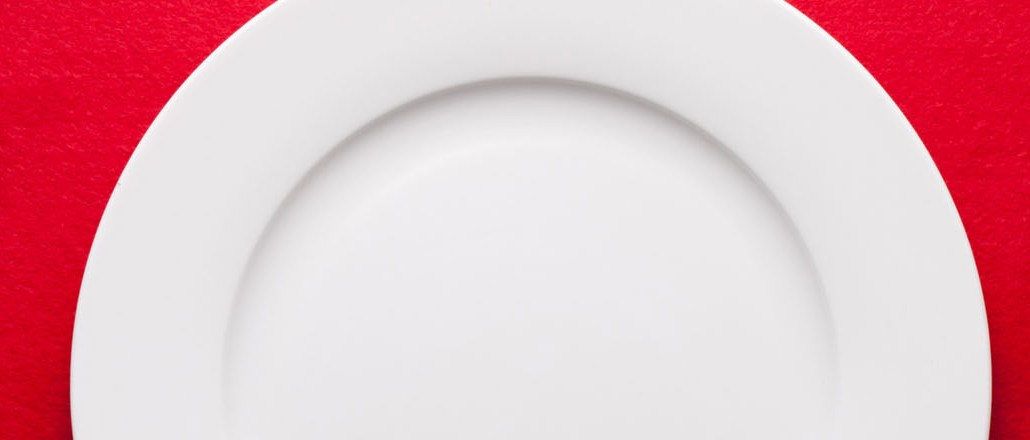Deep-fried crystal ball: Seamless’s recent missteps pave the way for competitors

Seamless, once beloved by over 2 million customers nationwide, is swiftly becoming a case study of a brand brought down by iffy design decisions and tech snafus.
Its desktop and mobile site redesign in May was declared a failure by users who had their credit card info and addresses deleted. The brand has been doing more social media damage control lately in lieu of its customary tweeting of funny GIFs. Seamless has also adopted cheeky text messages confirming orders are out for delivery, including one that says the Seamless “a crystal ball we deep fried” has estimated delivery time. Error messages on its site have been more glib than helpful (“some pretty boring error happened”). Worse, its latest email communication with customers included a 40-second explainer video of how to use the new site — but did nothing to assuage concerns over data loss.
Seamless has had almost two months to respond to user issues, so all of this feels tone deaf for a service that has become such a huge part of the cultural lexicon. Nowhere does it explicitly address issues that people are actually steamed about, like those misleading text notifications:
As a (mobile) editor, I don’t appreciate Seamless’s text messages using “Breaking News” pic.twitter.com/KdBwz2gtJq
— Emily Banks (@emjbanks) July 10, 2015
Or the blasé error notifications …
Hi @Seamless, your cheeky error messages are not cute when they prevent me from ordering food. pic.twitter.com/UNtIjUlbrY
— Tyler Coates (@tylercoates) July 3, 2015
Now it appears possible that Seamless’s design misstep paves the way for other food delivery apps with a more … seamless ordering experience: On Twitter, people have been recommending an alternative service called Caviar to Seamless refugees. It’s owned by payment app Square, itself renowned for its sleek design, and delivers food from a selection of restaurants that don’t normally deliver, with delivery fees starting at $1.99.
Indeed, since late June, Caviar users have been calling out Seamless’ problems, coupled with a coupon for $15 off.
Caviar is like foodler/seamless/grubhub but better. Here’s $15 off. It’s restaurants that usually don’t deliver https://t.co/CYW6qxoe94 — Ariel (@Ajocccccy) June 22, 2015
Why does everyone love seamless…. Caviar is 100x better in every way
— venus in furs (@trilllmom) June 19, 2015
Seamless, however, shows no outward sign that they will be deterred. “The changes to our site are just the beginning,” a rep wrote in an email to Digiday. “We think it’s wonderful that people love our service, and we’re taking feedback very seriously; we want to continue providing a service that people love.” And one that, in theory, doesn’t leave a bad taste.
More in Marketing

Zero-click search is changing how small brands show up online — and spend
To appease the AI powers that be, brands are prioritizing things like blogs, brand content and landing pages.

More creators, less money: Creator economy expansion leaves mid-tier creators behind
As brands get pickier and budgets tighten, mid-tier creators are finding fewer deals in the booming influencer economy.

‘Still not a top tier ad platform’: Advertisers on Linda Yaccarino’s departure as CEO of X
Linda Yaccarino — the CEO who was never really in charge.





